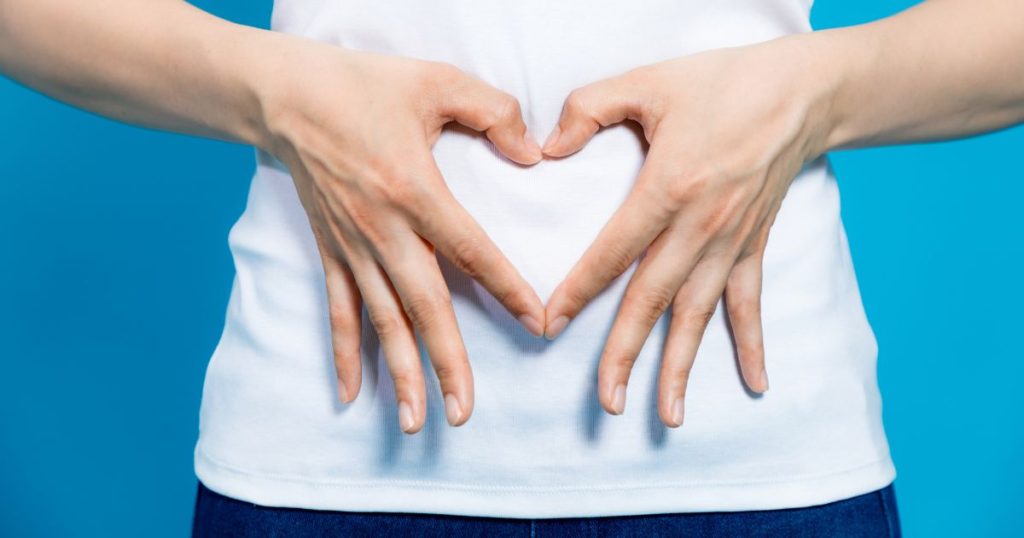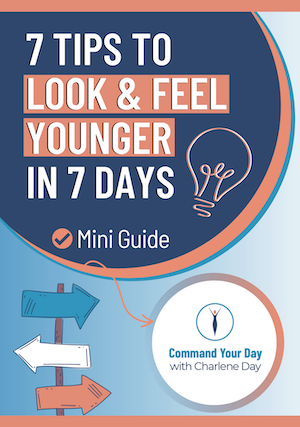Ever wondered how we get nourished? Here are the six stages.
1 – DIET
Diet is what we eat; nutrition is what the cells and tissues actually receive. Obviously, the better the diet, the better chance that nutrition will be improved. For this reason, it is important that you fully review your daily eating habits:
Do you habitually eat a nourishing, well-balanced breakfast or are you a “breakfast skipper”?
Do you consume “empty calorie” snack foods in place of more nutritious, sensible ones?
Do you supplement nutritional weakness with vitamins, minerals, etc?
Have you considered the amount of sugar, caffeine, alcohol, additives, chemicals, etc. in your diet and how detrimental they can be?
2 – DIGESTION
Digestion is the process by which complex foods are broken down into simple substances that the body can utilize. For example, protein foods cannot be used by the body as such but must be broken down into amino acids. The carbohydrates must be broken down into simple sugars such as glucose (blood sugar), fructose, etc. Fats are broken into fatty acids. In short, digestion is the processes of breaking these complex substances into more simple and usable substances, to be used as energy for the tissues, organs and cells.
3 – ABSORPTION
Absorption is the process by which the products of digestion, simple sugars, amino acids and fatty acids pass through the lining of the intestinal wall and are taken directly into the bloodstream. Adequate amounts of nutrients may be eaten and digested but may still be unavailable to the cells due to poor absorbability. Poor absorbability can come from excess mucus along the intestinal walls, allergies or excesses, the condition of the capillaries feeding the stomach walls or to the cell sites, the amount of uneliminated waste at the cellular level, and the binding effect particular foods have on some nutrients which cause them to be excreted.
4 – ASSIMILATION
Assimilation is the process by which the cell assimilates nutrients from the bloodstream. Assimilation is occurring in every cell of the body to help develop new cells, they literally become your body. It is the process of absorbing vitamins, minerals, and other chemicals from food within the gastrointestinal tract. Nutrients are incorporated into every cell of the body, feeding and repairing them. The symptoms of malabsorption are: weight loss, muscle weakness, irritability, depression, and loss of energy.
5 – CIRCULATION
Carrying the absorbed nutrients to each cell of the body is the role of the blood. Therefore, the quality of the blood, as well as the quantity, becomes important. An individual may be eating a proper diet and may be going to great lengths to assure proper digestion and absorption; however if because of impaired circulation the nutrients do not reach the cells, proper nourishment will not take place.
6 – ELIMINATION
It is important to excrete daily. What goes in must come out. It is felt by many doctors that one of the chief causes of human illness is due to autointoxication – the poisoning of the human body by waste materials absorbed by the villi (intestinal lining) into the bloodstream, and by the improper release of metabolic waste from the tissues. Re-absorption of waste affect all levels of nutrition and organ functioning, and a system which is overloaded fails to have sufficient energies for maintaining optimal health as it should, and degeneration begins to occur.
As you can see there are stages where what you are eating may not actually nourish you. If you are experiencing any digestive challenges, feel free to contact me .
To your good health!
Charlene




Thanks Charlene, great info. Hope you are well, and still a Pacha-mama!
Thanks and yes I am still a Pacha-mama. We are having an Earth Day event Sunday April 23 complete with planting trees in Downsview Park. You are welcomed to join us from 2 to 4:30.